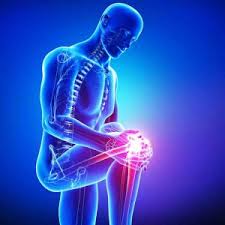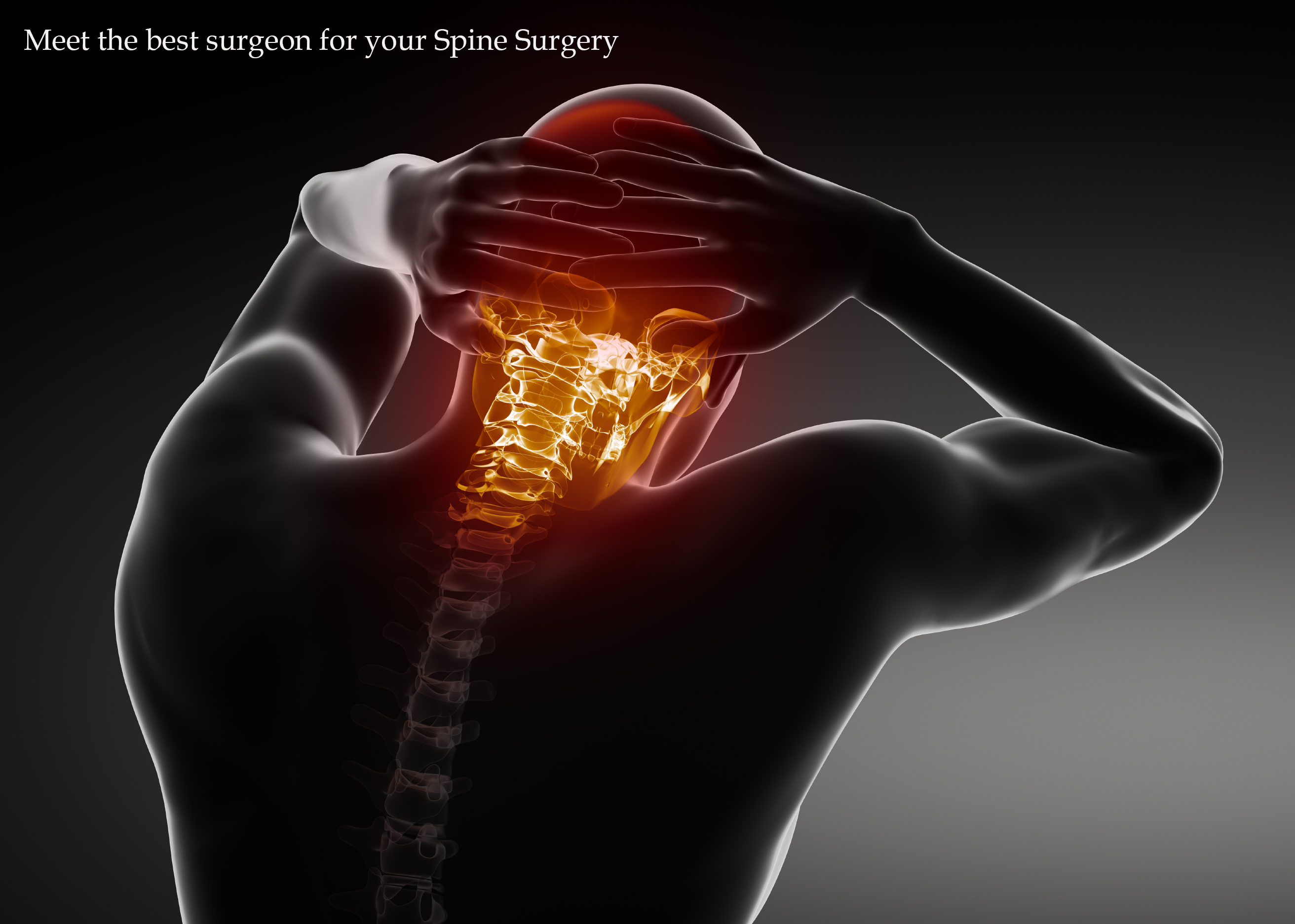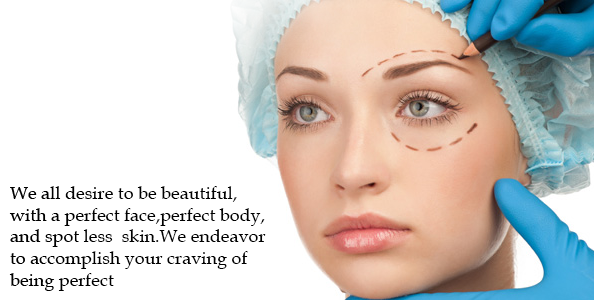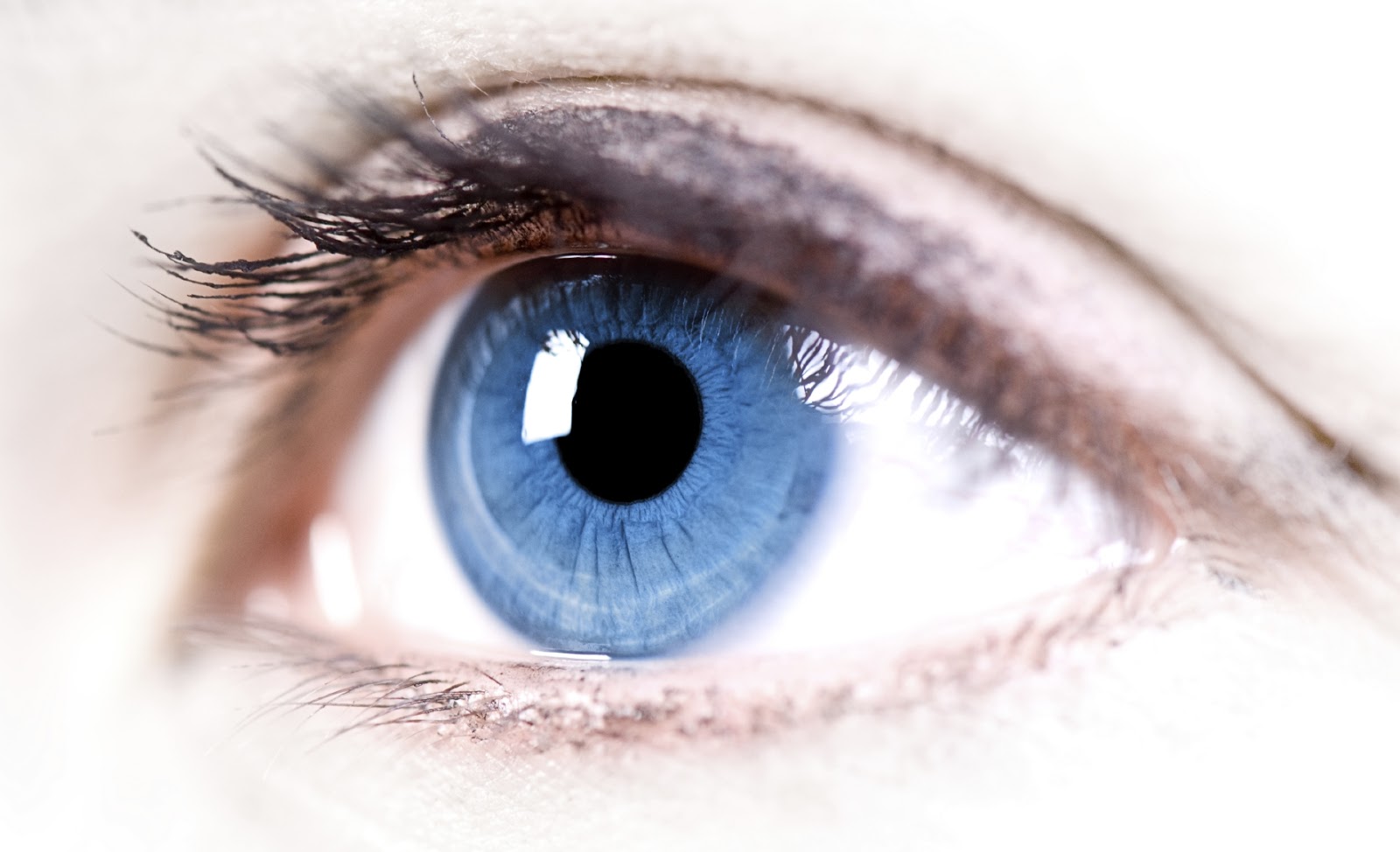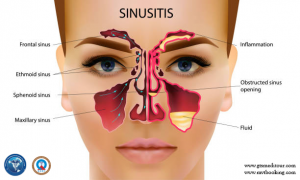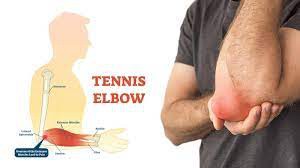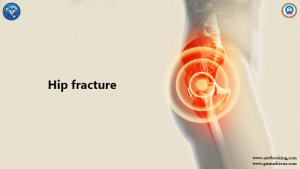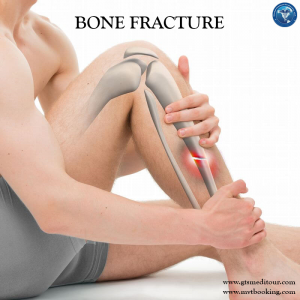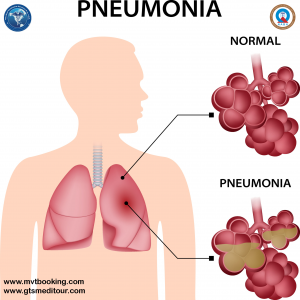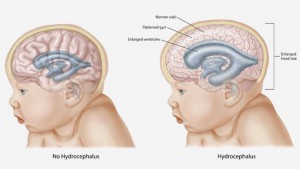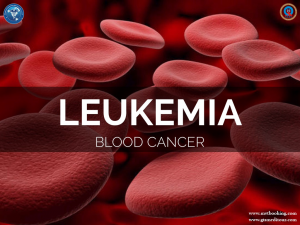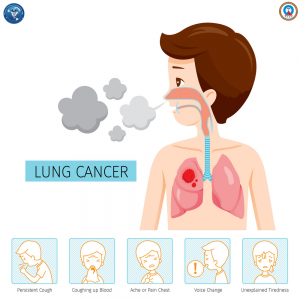A condition in which cavities around the nasal passages become inflamed .Sinuses are hollow spaces within the bones between your eyes, behind your cheekbones and in your forehead. They make mucus which keeps the inside of your nose moist. That in turn helps to protect against dust , allergens and pollutants. Healthy sinuses are filled with air , But when they become blocked and filled with fluid , germs can grow and cause an infection
TYPES
- Acute sinusitis – usually start with cold like symptoms such as runny , stuffy nose and facial pain . It may start suddenly and last 2-4 weeks
- Sub acute sinusitis – usually last 4-12 weeks
- Chronic sinusitis- usually symptoms last 12 weeks or longer
- Recurrent sinusitis – happens several times a year
CAUSES
- Swelling inside the nose like from common cold
- Blood drainage ducts
- Structural differences that narrow those ducts
- Nasal ducts
- Immune system deficiencies or meditation that suppress the immune system
- Allergies
- Pacifiers
- Drinking water while lying on back
SYMPTOMS
- Sinus headache
- Facial tenderness
- Pressure or pain in sinuses
- Fever
- Cloudy discolored nasal or postnasal drainage
- Feeling of nasal stiffness
- Sore throat Cough
- Facial swelling
- Pus like nasal discharge
- Reduced sense of smell and taste
- Tooth ache
HOME REMEDIES
- Nasal irrigation – Rinse and clear the nasal passages with salt water or a saline solution
- Rest
- Steal inhalation
TREATMENT
Treatment options depend on how long the condition last. Your doctor may prescribes antibodies if they think you have acute bacterial sinusitis . In some cases surgery may be necessary to treat the underlying cause of acute sinusitis .Your doctor may perform surgery to
- remove nasal polyp
- correct a deviated nasal septum
- clean and drain your sinuses
To get opinion from our network of hospitals visit www.mvtbooking.com or send email to query@gtsmeditour.com


